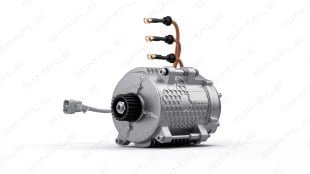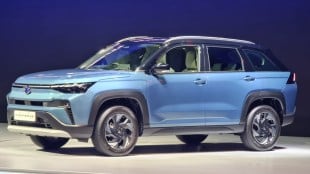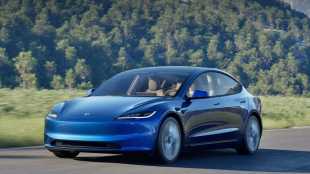A few months back, it was reported that Formula One will undergo a tectonic shift from its existing setup to a more exciting and “sustainable” setup with new set of rules to be adopted 2026 onwards. As a result, starting with the 2026 season, the Formula 1 race cars will be significantly different from the current ones.
Federation Internationale de l’Automobile (FIA) has now announced the exact changes to be seen in the new race cars. The new technical regulations are aimed at making the premiere motorsport spectacle a more competitive affair while also reducing emissions to a large extent.
The new F1 regulations are now set to be officially ratified by the World Motor Sport Council on June 28. Let us look at the list of changes the F1 cars will undergo and how they will affect the race.
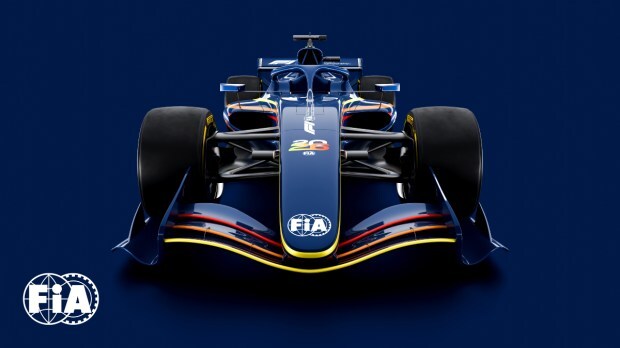
2026 Formula One: New-gen ‘nimble’ cars
The most critical updates in the new Formula One regulations are centred around the new generation of ‘nimble’ cars that will be smaller and lighter than the current cars. For starters, the wheelbase (length) will be shortened by 200mm to 3400mm while the width will be reduced by 100mm to 1900mm. The floor width has been cut by 150mm as well.
The current-spec F1 race cars, introduced in 2022, roll on18-inch wheels which remain unchanged. However, the front and rear tyres will be 25mm and 30mm narrower, respectively. Not only size, but the new F1 cars will be down on weight too. The new-gen cars will be 30 kilos lighter than the current units, weighing a total of 768 kg. This constitutes 722 kg for the car and 46kg (estimated) for the tyres.
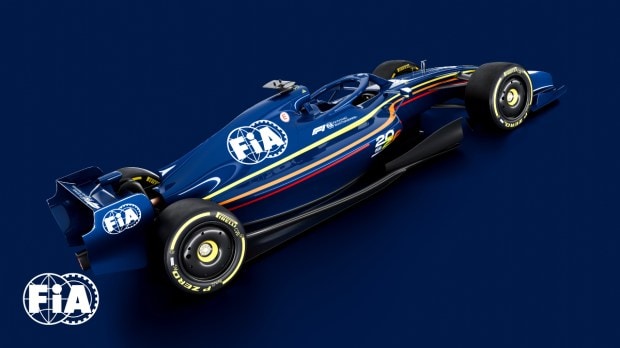
2026 Formula One: Better aerodynamics
According to the new regulations, the downforce has been reduced by 30% and drag by 55%. Further, the 2026 F1 cars will benefit from an all-new Active Aerodynamics system featuring movable front and rear wings that will result in greater cornering speeds. Speaking of wings, the front wing will be 100 mm narrower and comprise a two-element flap. The rear active wing will consist of three elements, with the lower beam wing removed.
The cars will be switchable between two configurations: Z-Mode and X-Mode, the former being the default setting whereas the latter can be deployed for a low drag in order to move faster on the straights. Moreover, the front wheel arches will be removed, and part of the wheel bodywork will be mandated, to help achieve optimal wake performance.

2026 Formula One: Improved safety
Although Formula One is by far one of the safest motorsport events in the world, the championship has been plagued by some of the worst accidents that have left a bad imprint. Remember Ayrton Senna? Therefore, improvement of safety in Formula One is one of the most important aspects in the new regulations.
The FIA has revised the front impact structure rules by introducing a two-stage nose design to mitigate the risk of detachment in initial impacts. Moreover, side intrusion rules are also more stringent now while protection around the driver and fuel cell area have also been improved.
2026 Formula One: More power yet more sustainable
Above all, FIA has made some incremental changes to the power units of the F1 cars enhancing the sustainability while also generating a higher output. The current hybrid power unit featuring 1.6-litre V6 internal combustion engine (ICE) is one of the most efficient powertrains, but the new regulations mandates an even power split between the ICE and the electric component.
As a result, the power derived from the ICE element drops from 550-560 kW (740-752 bhp) to 400 kW (540 bhp) whereas the battery element increases massively, from 120 kW (161 bhp) to 350 kW (471 bhp), an almost 300% bump in electric power. Therefore, the new power mill generates a higher total output with greater sustainability.
Power unit manufacturers need to get rid of the complex MGU-H (Motor Generator Unit-Heat) system and instead employ a MGU-K (Motor Generator Unit-Kinetic), which recaptures energy under braking, thus generating three times more power. On top of this, a new Manual Override mode will be added in place of the Drag Reduction System (DRS) providing an instant boost of battery power on demand, which will allow drivers more overtaking opportunities.
Moving the focus to sustainability, the amount of energy now recuperated during braking has been doubled to 8.5 MJ per lap. In addition, the 2026 F1 cars will run on 100% sustainable synthetic fuel, in line with the FIA objective of reaching Net Zero carbon by 2030.




